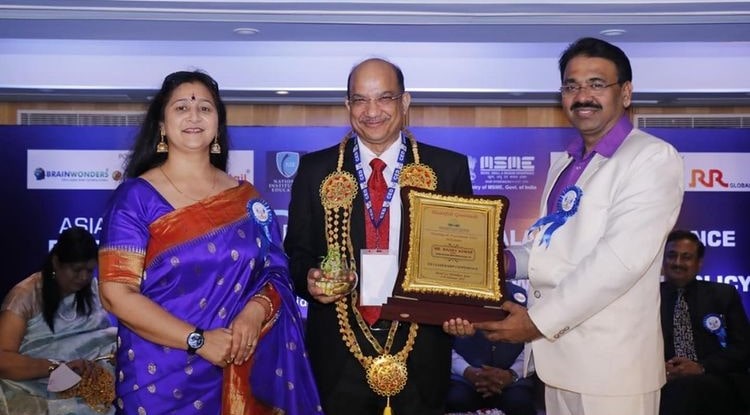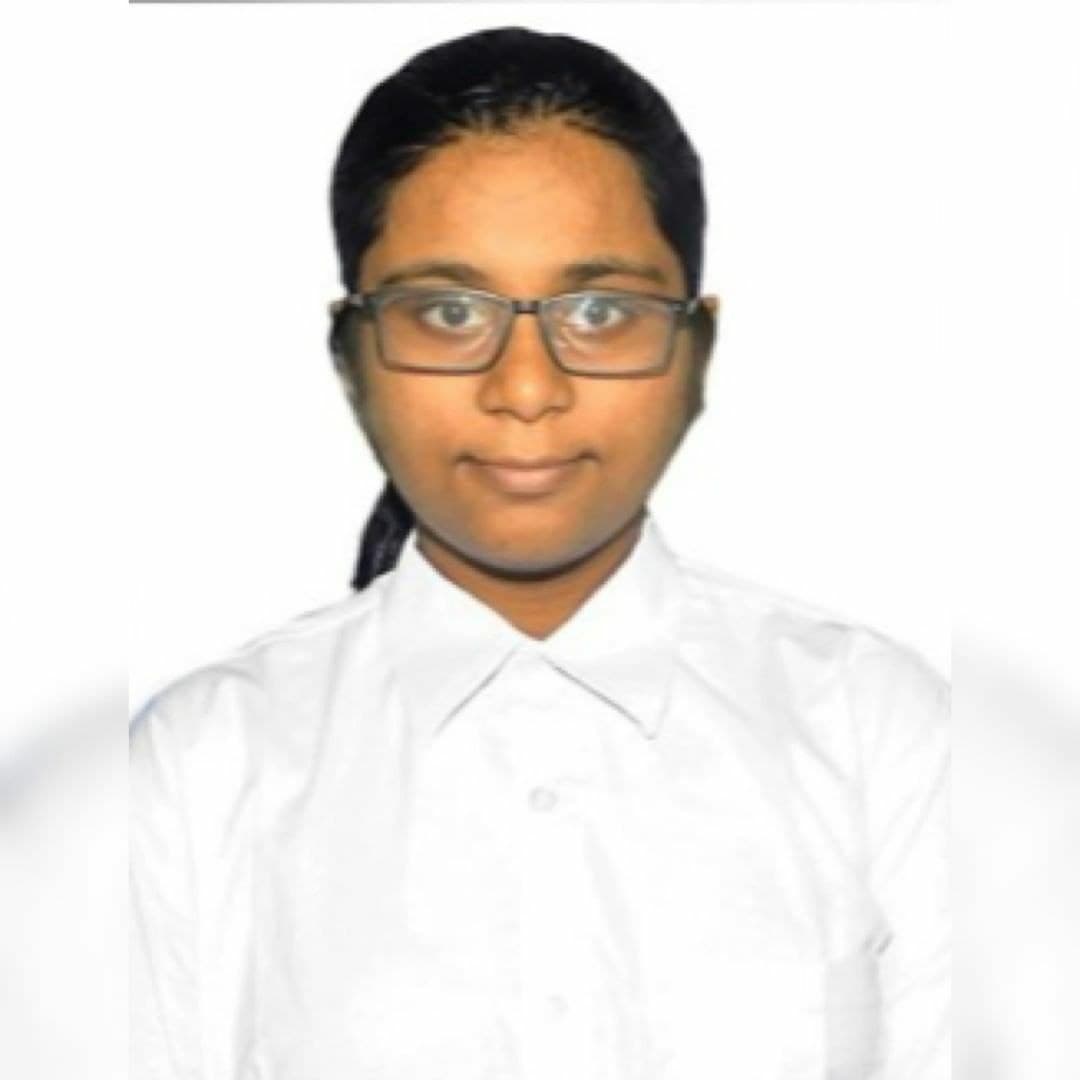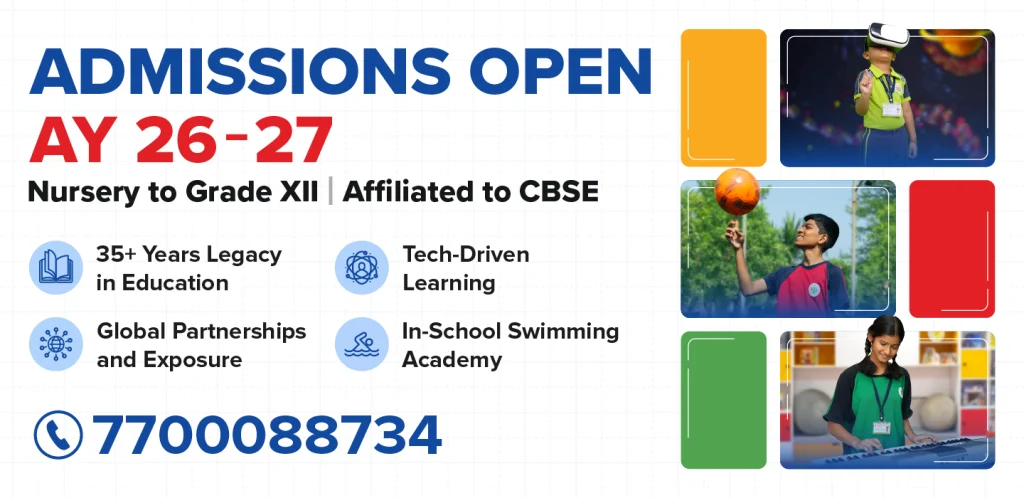About DMWA – Best School in Airoli
Datta Meghe World Academy is established and managed by Smt. Radhikabai Meghe Memorial Shikshan Sanstha. The School is affiliated up to Senior Secondary Level (Class12th) with affiliation no. 1130337. The medium of instruction is English. For over three decades, Shri Dattaji Meghe and his team of visionary educators have filled the lives and hearts of every student who has walked through the gates of our prestigious institutions which has made us the best school in Airoli.
At Datta Meghe World Academy, we aim at empowering each student to think big and soar high above their dream and goals. We strive hard to bring our students closer to their dreams, help them realize their ambitions and guide them tirelessly with modern, contemporary education and learning facilities.
ADMISSION ENQUIRY FOR 2026-27
SCHOOL HIGHLIGHTS
Some quick statistics about the Best School in Airoli, Navi Mumbai
Years of Exceptional Performance
%
Success in CBSE Board Exam
Experienced Faculties
Talented Students
Our Legacy
Thirty years is a long time, a grand milestone, in the journey of any institution. For over three decades, Shri Dattaji Meghe and his group of educators have filled lives and hearts of all the students who have walked through the gates of our prestigious academic institutions. Spread across acres of beautiful lands, we bring world-class education for every student.
With more than twenty-six schools and institutions of higher education, we have always ensured that our students are on an onward journey towards ultimate success. At Datta Meghe World Academy a child will not just go to school, he or she will also excel thoroughly with our fully integrated learning modules and programmes. Child’s future is an intrinsic part of our collective vision.


















 Dr. Reshma Meghe is a shining beacon in the field of education and healthcare in India. Applauded and recognized in both the fields around the country, her quest for delivering high quality in each domain continues to prevail. She strongly believes in developing and delivering state of the art projects that will differentiate and sustain for years benefiting young India.
Dr. Reshma Meghe is a shining beacon in the field of education and healthcare in India. Applauded and recognized in both the fields around the country, her quest for delivering high quality in each domain continues to prevail. She strongly believes in developing and delivering state of the art projects that will differentiate and sustain for years benefiting young India. Curiosity is something that we all humans are born with. It is a drive that motivates us to lead our life. It is an inquisitiveness that initiates the process of being a lifelong learner. Whether it is a child or an adult it gives scope to everyone. Everyone is a born learner, only the way to explore the hidden facts of this world & its existence differs. In short we can say that it is an enthusiasm to explore, discover and figure things out. Paul Berg has very beautifully quoted the nurturing of curiosity and instinct to seek solution and its importance in education. Before understanding this quote it is significant to understand the actual meaning of education.
Curiosity is something that we all humans are born with. It is a drive that motivates us to lead our life. It is an inquisitiveness that initiates the process of being a lifelong learner. Whether it is a child or an adult it gives scope to everyone. Everyone is a born learner, only the way to explore the hidden facts of this world & its existence differs. In short we can say that it is an enthusiasm to explore, discover and figure things out. Paul Berg has very beautifully quoted the nurturing of curiosity and instinct to seek solution and its importance in education. Before understanding this quote it is significant to understand the actual meaning of education.


